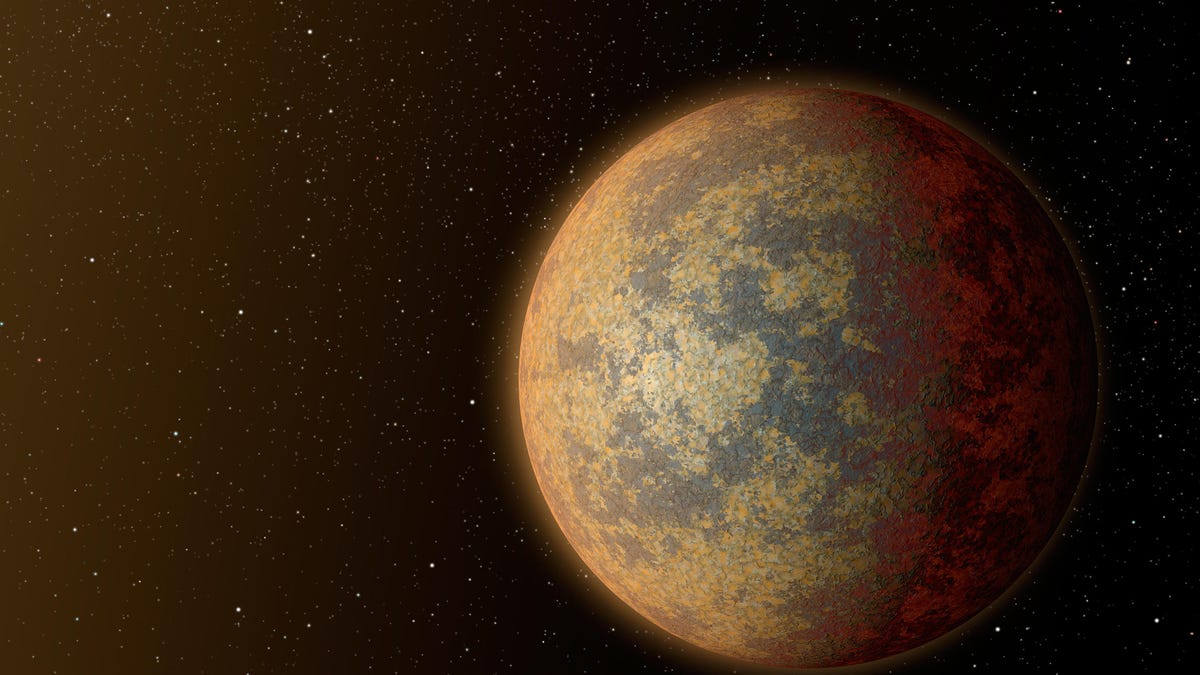Inside NASA's hunt for exoplanets just like Earth
Earth may be home, but it's not alone.

An artist's rendition of planet HD 219134b, the nearest confirmed rocky exoplanet found outside our solar system. At 1.6 times the size of Earth it orbits its star every three days.
Looking around at Earth's neighbors, it's fair to say we're on the most livable planet in our solar system. (Lift your game, Mars.)
But while Earth seems unique in being able to support life, it's probably not the only planet in the universe with that distinction.
There are other planets, known as exoplanets, which are rocky orbs like ours and which orbit their own stars in other solar systems. If those planets exist in the so-called Goldilocks zone -- the orbital distance around their star that makes them not too hot and not too cold -- then they could have the conditions (and, most importantly, the liquid water on their surface) to support life.
In this week's episode of Watch This Space, we take a look at NASA's hunt for exoplanets and the role the Kepler spacecraft has played in hunting out "Earth analogs."
Launched in 2009, Kepler has found more than 2,600 confirmed exoplanets, as well as a further 2,700 that are potential candidates. Kepler hunts out these planets by observing stars in different solar systems and looking for dips in the star's brightness that indicate a planet is passing in front of the star. We can then use that information to calculate the size of the planet and its orbit. And using further information about the star in that particular solar system, we can work out whether the planet would be habitable.
But while Kepler has had a stellar success rate in finding planets potentially like our own, it could soon reach the end of its lifetime. The spacecraft has been in and out of sleep mode as it tries to conserve fuel to ensure its observational data makes it back to Earth.
But even after Kepler floats out to the great beyond, our hunt for Earth's cousins won't be over. In July, when Kepler was once again placed in hibernation, NASA began testing the Transiting Exoplanet Survey Satellite (TESS) ahead of its own planet-hunting mission.
NASA turns 60: The space agency has taken humanity farther than anyone else, and it has plans to go further.
Taking It to Extremes: Mix insane situations -- erupting volcanoes, nuclear meltdowns, 30-foot waves -- with everyday tech. Here's what happens.

